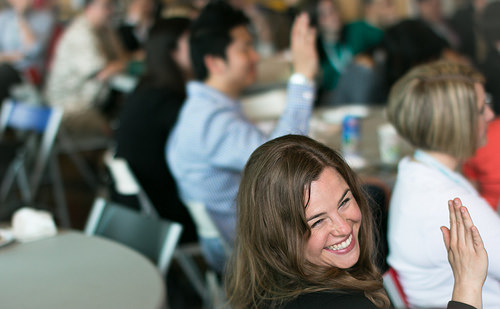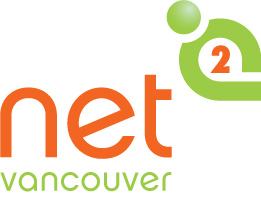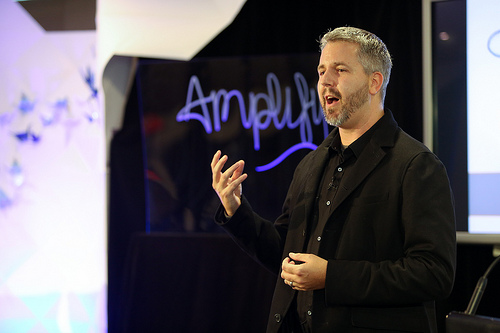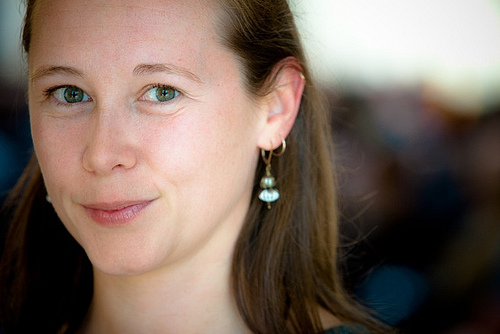A guest post by Brenton Walters, Reid Communications and Winch Institute
On Friday May 9 I had the pleasure of attending Net2Van’s annual conference, the Digital Nonprofit. It was an excellent event organized by Elijah van der Giessen and the other amazing folks at Net2Van with a stellar line-up of speakers, amazing food from Tacofino and coffee from Stir-it-Up-BikeCaffe, and even some complimentary headshots from photographer Krista Caldwell.

The one-day conference was designed to help nonprofit leaders and staff better navigate the constantly shifting digital world. As a project manager with the Winch Institute, I constantly work on improving our online presence, engagement, and messaging.
If you want to follow along, here’s the agenda and here are the slides from each presentation. Or even watch it all on YouTube.
Here are some thoughts from each presentation:
Monique Sherrett, Boxcar Marketing – The Multiscreen World
This seems so simple, but Monique’s main point, that organizations need to design all their digital outreach for the users’ experience, is only slowly being adopted in the nonprofit world.
In practical terms, this means that websites must be properly responsive (that is, they adapt to the screen they are being viewed on). It also means that even small details like the viewable intro to emails (before they are opened) should be taken into consideration.
Lynda Gerty, Vantage Point – The Abundant Not-for-Profit
Volunteers bring a lot of skills and experience to many nonprofits. Organizations need to figure out how best to use these skills – too often we recruit volunteers with huge networks and tons of skills and then put them to use with menial tasks.
An important part of this is the need or value in letting go of control – open, engaged organizations attract engaged volunteers. Let people become key components of your organization and they will return the trust with quality work and more recruits.
I look forward to connecting with Lynda to discuss this further – every organization I work with struggles with this issue. At the Winch Institute we are young enough that volunteers are being put to work immediately on whatever they want to take on, which has been encouraging.
John Bromley, Chimp Fund – Digital Philanthropy
John asked a key question: What challenges will charities/nonprofits face in 2020? For starters, most of it will be online. Corporate charitable giving will be even more aimed at marketing. And charities that thrive will be the ones that engage best with their donors and potential donors.
Organizations need to facilitate giving – make it easy for people to give. Find matching funds! Establish charitable foundation to funnel donations (for larger orgs).
And for me, the most important bit: What are you offering donors for their investments? Because they are investing in your organization. Figure this out, figure out what people want in return, and do that.
Crystal Henrickson, Invoke Labs
Tailor your outreach to your audience, on all social media channels. Find out when and where your supporters are online and engage with them.
Track your results – check out the University of Invoke’s resource bank by sending them your email for a raft of tools to help with this.
Crystal brought a ton of energy to her presentation, and promised to answer every question to her (so take advantage of this!).
Meriko Kubota, Telus – Corporate Community Investment
I missed much of this while on a work call, but the upshot is that large corporations are increasingly adopting digital technologies in their approach to charitable giving. And Telus gives a boatload of money to a lot of different groups.
Fuck the Poor video
The Pilion Trust (UK) created this video to challenge and shock people – do we actually care about helping people?
It was effective, but what was the ask? It works as a video, but maybe not as a campaign. This was perhaps a factor of the large room/audience – it certainly works better on a computer screen.
Group work: What creative actions would you and/or your organization do to get noticed? Know your audience, know what will resonate. Tip: the answer to this is never “Wear a chicken suit”.
Reilly Yeo and Vojtech Sedlak, Openmedia – The Engagement Pyramid
My notes for this are simple, but it’s so important: Build relationships, not lists. Check out the slides for this, as they are quite informative.
Consider list movement vs. list growth. Engage your supporters and strengthen your core. Think about the various ways that people support – it’s not a simple ladder, necessarily, but more like several sides to an engagement pyramid (so to speak – it’s a bit of a tortured analogy).
Lee LeFever, Common Craft – The Art of Explanation
I had a wonderful moment the evening before the event: I read about the work that Lee and Common Craft do, which is explaining things via videos in ways that really increase comprehension. And then I tried to fix my wireless router using four different pages of an utterly incomprehensible user-wiki.
Explanation is an art that is too often ignored. Great ideas and products fail to take hold because they aren’t properly explained to potential users.
As a starting point: What are you trying to communicate, and why should people care? Provide context, give people a reason to care, and then fill in the details.
Consider:
- Who is your intended audience? How much background knowledge do they have about your idea?
- Empathize with them – How will your explanation sound to them?
- Use language familiar to them – but don’t dumb things down.
Start with the big idea before going into detail – i.e. describe the forest before you focus on the trees.
I’ve started reading his book (same title), and already I feel it should be mandatory reading for every professional communicator. Some of it is somewhat intuitive, but as a basis or reference point for all communication it feels extremely valuable.
At the Winch Institute, like every other nonprofit, there is a huge need for us to properly communicate what we do and why we do it, to build support for our work, and to sell our services. Every presentation offered practical tools for doing this, as well as bigger ideas for how all organizations can improve how they engage, communicate, fundraise, and grow.
Thanks to Eli and the Net2Van crew for putting on this great event, to the speakers for their knowledge and insight, and to the sponsors, two of whom I have already contacted about their services. Click the links and see if they might be able to help you out.





